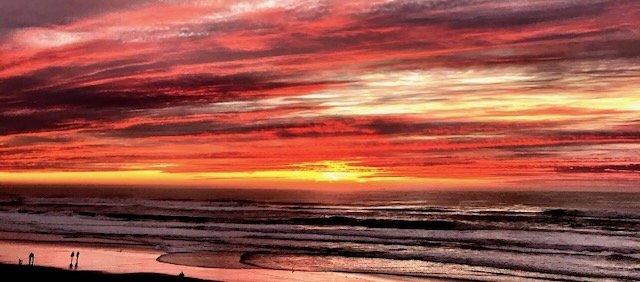
The Mystery
“Just where Drake was has, until recently, been a mystery. When Drake got back home, a great veil of secrecy was erected around his voyage. All logs, maps and charts from the voyage were confiscated by Queen Elizabeth and never seen again, his crew were sworn to secrecy about their movements, under pain of death, and no accounts of the voyage were allowed to be published for almost ten years.”
The Mystery.
During the course of his Famous Voyage around the world, Francis Drake spent the summer of 1579 in a harbour on the West Coast of America, preparing the Golden Hinde for the long journey back home. While there, he claimed the land for England, naming it New Albion, and placed the local people under the protection of the British Crown. He inscribed his claim on a metal plate, which he nailed to a post along with an English sixpence, which carried an image of Queen Elizabeth. This was the very first instance of an English Colony or Protectorate being established on foreign shores, so wherever this took place was the birthplace and first outpost of the British Empire, one of the most important historic sites in North America.
Just where Drake was has, until recently, been a mystery. When Drake got back home, a great veil of secrecy was erected around his voyage. All logs, maps and charts from the voyage were confiscated by Queen Elizabeth and never seen again, his crew were sworn to secrecy about their movements, under pain of death, and no accounts of the voyage were allowed to be published for almost ten years.
When the official account was published by Richard Hakluyt, England's foremost naval chronicler, in 1589, it said that after Drake had plundered Spanish ships and settlements along the Pacific coast of South and Central America, he tried to return home via the Moluccas, the Spice Islands in the East Indies. However, lack of suitable winds caused him to travel further north, where bitterly cold weather forced him back to the American coast shortly after reaching 42° latitude, now the California-Oregon border.
He then, again according to Hakluyt, found a suitable harbour to repair his ship, which Hakluyt placed at 38°, in the region of San Francisco. However, in the British Library there are not one but two hand-written accounts of the voyage, which both place the anchorage at 44°, on the mid-Oregon coast. Furthermore, it is easy to demonstrate that this official account was falsified in at least five places, and probably in ten places, for political purposes, and there are certain features of the description of the people and the animals that Drake saw at New Albion that are inconsistent with it being in California. In the official account, and elsewhere, there are a series of clues that lead us to the true location of Drake’s anchorage, and give us an explanation as to why the official account was falsified. It was mostly to do with Drake’s search for the North West Passage. Hakluyt’s account is therefore very unreliable, and this is particularly important because the 38° location for the anchorage is the ONLY evidence of Drake’s supposed visit to California.
The anchorage location is not important just because Drake landed there. He landed in lots of other places around the world. It is important because when he was there, he claimed the land for England, naming it “New Albion”, and placed the local people under the protection of the British crown. This is the very first instance of a British colony or protectorate being established on foreign shores, so wherever this took place is the birthplace and first outpost of what was to become the British Empire, and therefore one of the most important historic sites in North America.
Remember, Drake's establishing of this protectorate (and as we shall see, he also left behind there some of his crew) predates any of the East Coast colonies such as Roanoke, Jamestown, etc.
